Vittorio Salmoni, Carolina Giaimo, INU – URBIT
Urban regeneration is the means for implementing the evolution of a city that no longer expands but transforms itself within its own limits. The improvement of the quality of life in cities is determined by several conditions among which land consumption limitation, design innovation, raising environmental quality, and the new role of public spaces.
Awareness regarding environmental, energy, and climate criticisms has increased in local communities. This increased consciousness has contributed to redefine the idea of urban quality as composed of environmental, settlement, social, and accessibility aspects that is achieved with a comprehensive strategy formed by adaptation and modification actions through the design of public and private spaces, such as:
- the implementation of networked systems of green and permeable areas, spaces and paths that connect green areas in the city, with the aim of providing multiple benefits (climate mitigation, improved air quality, promotion of physical activity, promotion of sociality, increased biodiversity…);
- the increase and restoration of permeable areas- including the removal of impermeable surfaces (de-sealing)- to ensure a better hydrogeological balance and functionality of the surface hydraulic network; sustainable urban rainwater management with the creation of multifunctional green spaces, such as basins and ditches, partially flooded urban public spaces, green parking lots, etc.;
- the creation of an urban environment with high energy performance, characterized by low consumption and the use of renewable energy.
The importance public spaces quality likewise plays a key role in generating economic values. This is because the quality of constructions together with the quality of public space develop “contextual” values that increase the value of real estate, as evidenced by the increasing importance assigned to the contextual factor in citizens’ purchase and rental choices.
2:00 p.m. Hall entrance
2:00 p.m. Start of proceedings
PROGRAMME
Introduced and coordinated by:
Vittorio Salmoni, INU-URBIT
Gigi Cristoforetti, Aterballetto Microdanze urbane
Stefania Dubla, MAAP Matera
Valerio Barberis, Municipality of Prato Councillor
Luca Scarpitti, Compagnia di S. Paolo Foundation
Moderator:
Carolina Giaimo, INU-URBIT
Discussants:
Mario Spada and Riccardo Petrarchi, Bienniale Association of Public Spaces
Mauro Felicori, Councillor for Culture and Landscape, Emilia-Romagna Region
Marco Delogu, President of PalaExpo Foundation Rome
Paolo Giulierini, MAN Naples Director
Italiano

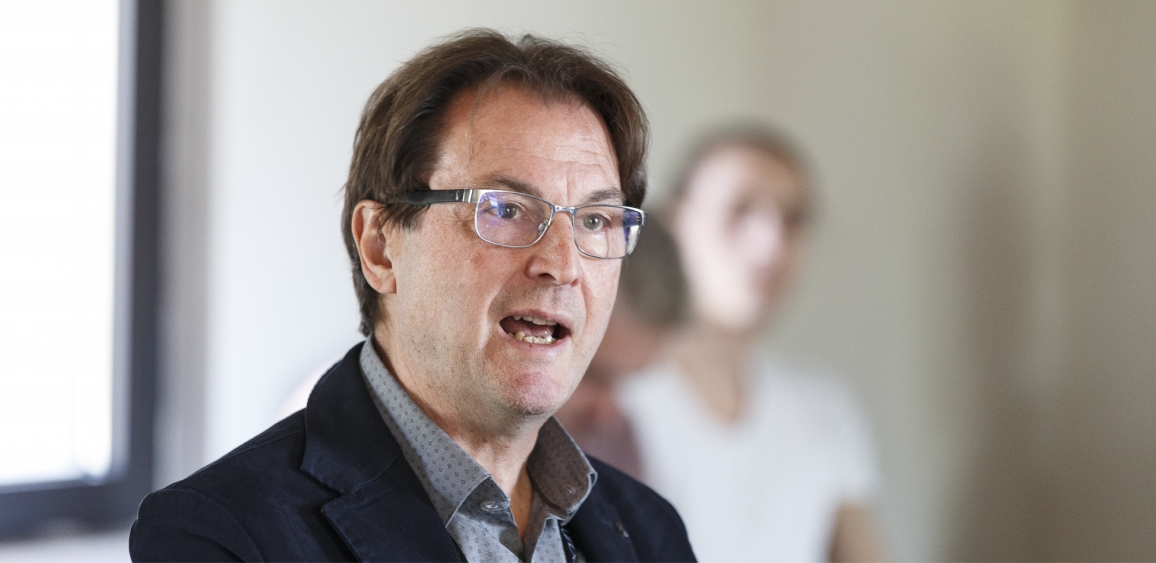
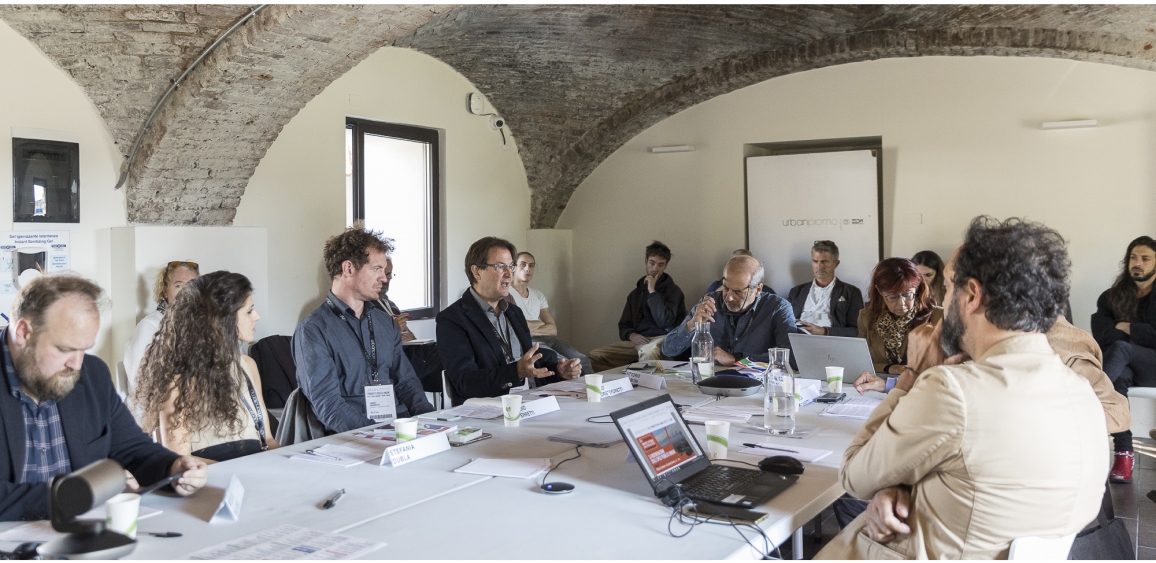
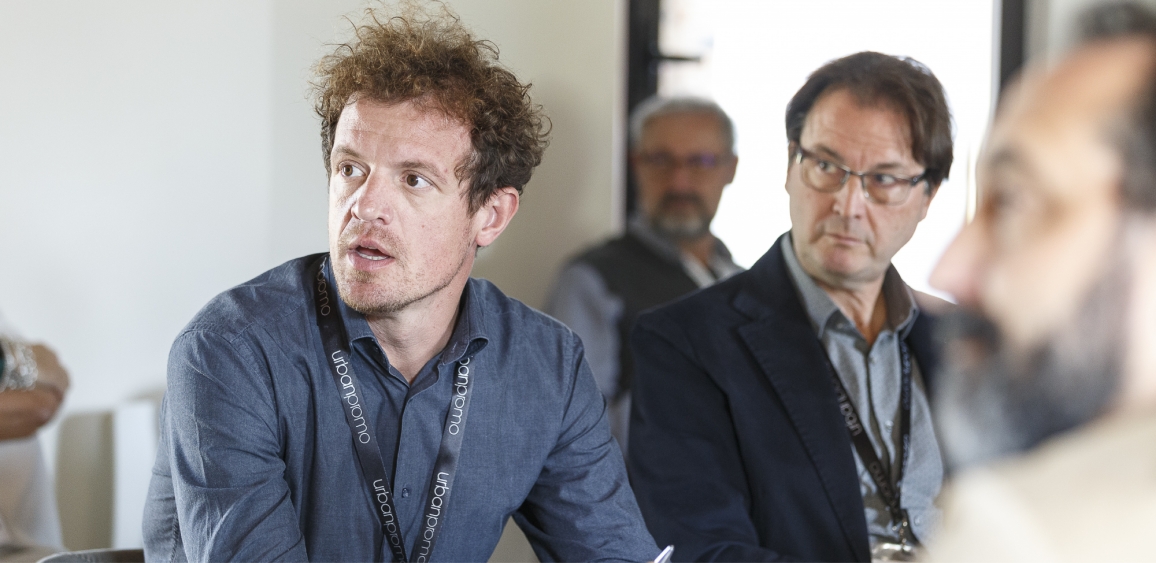
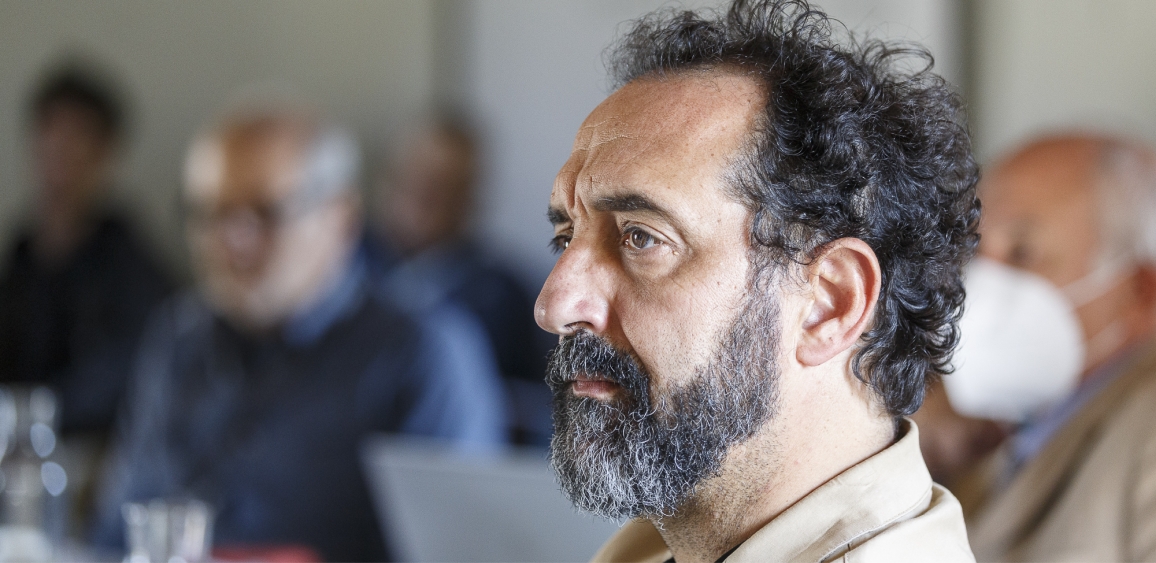
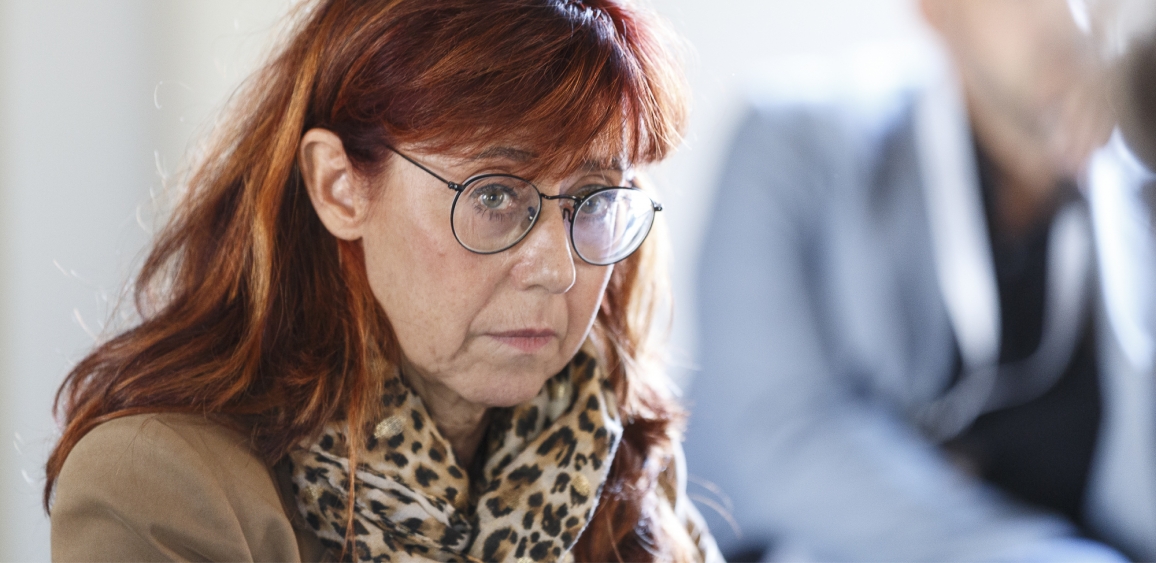
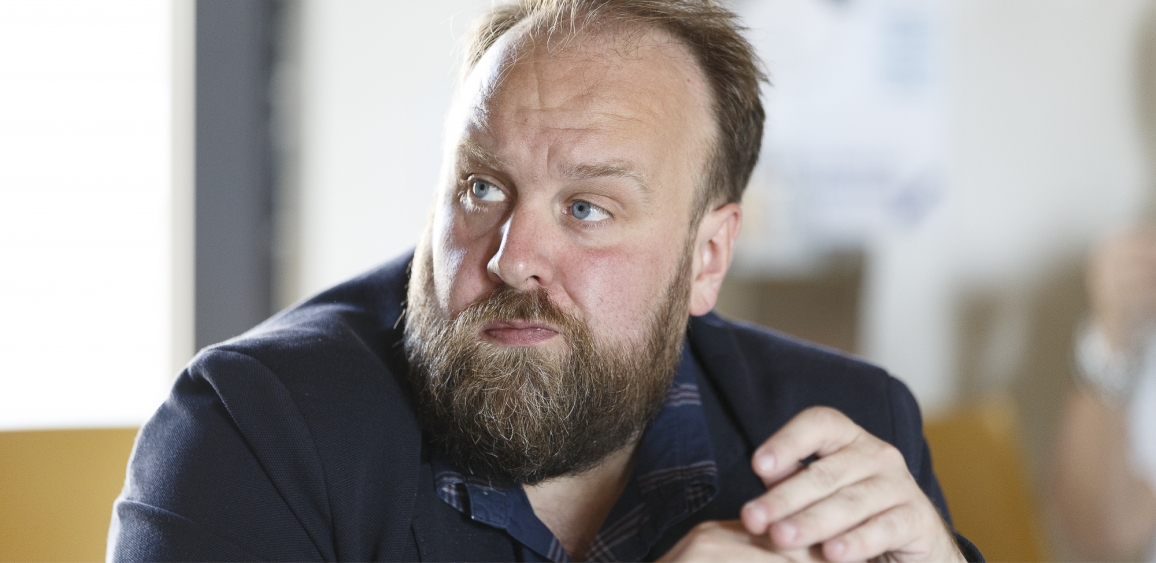
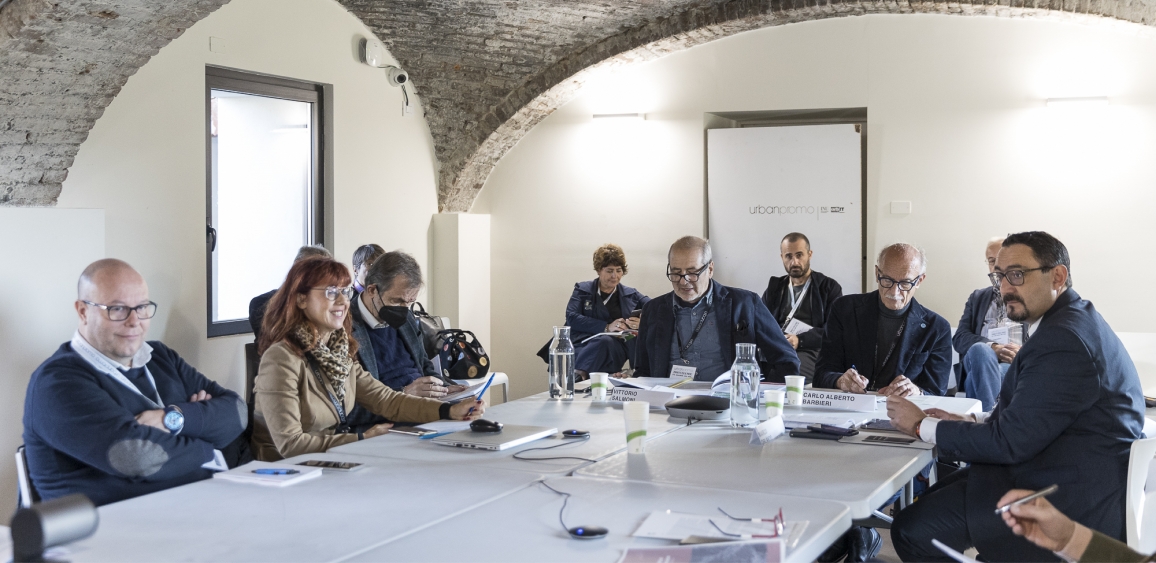
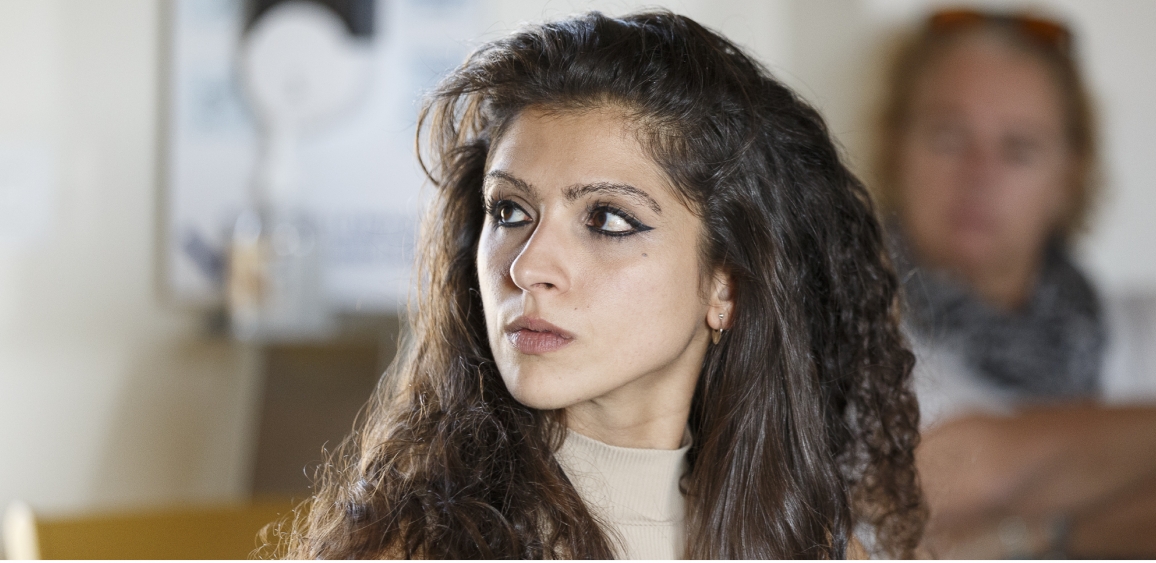
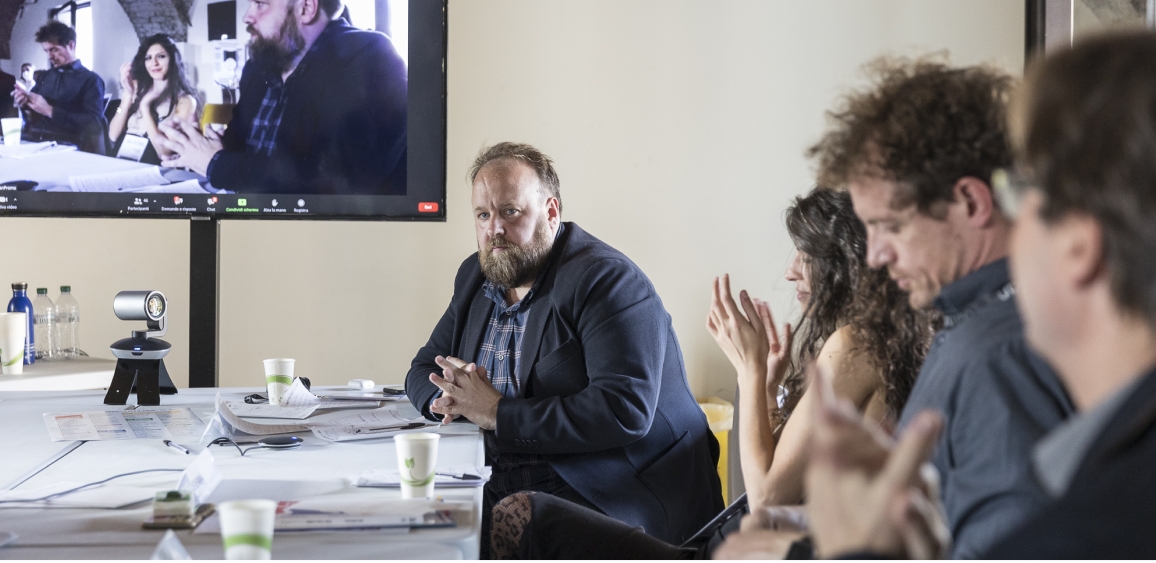
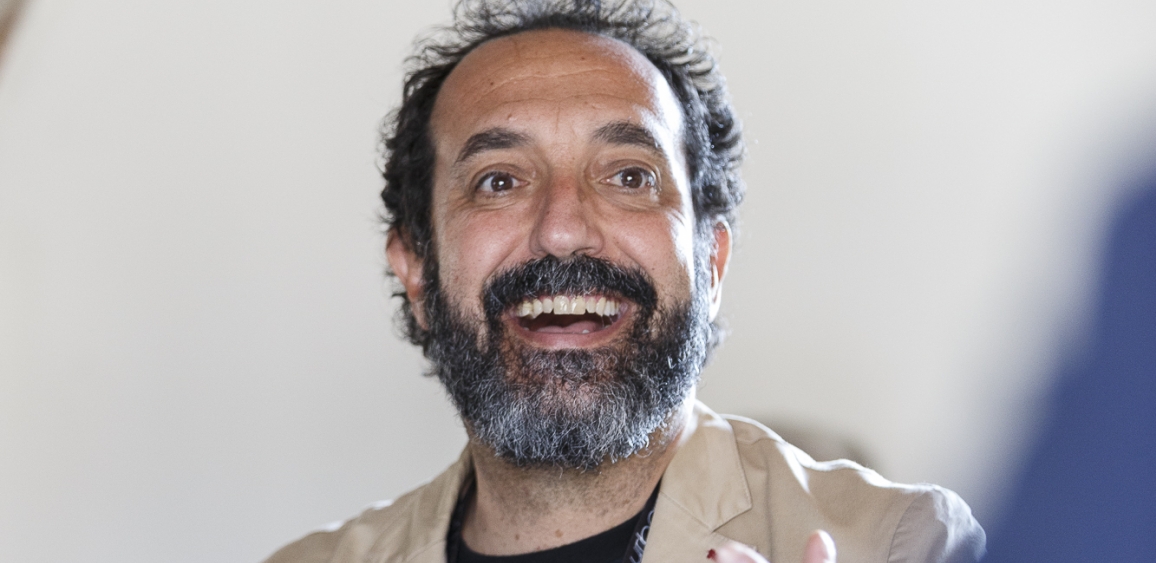
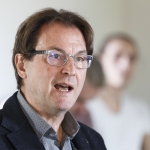
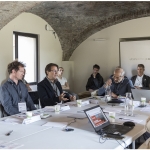
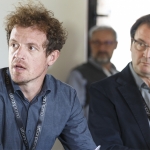
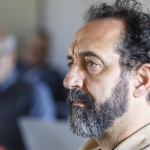
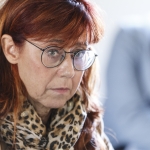
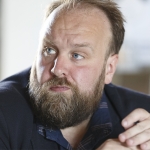
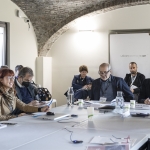
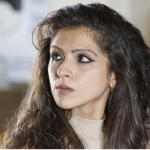
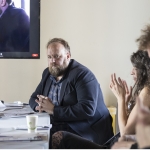
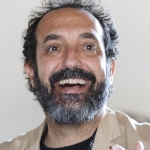
Contributions